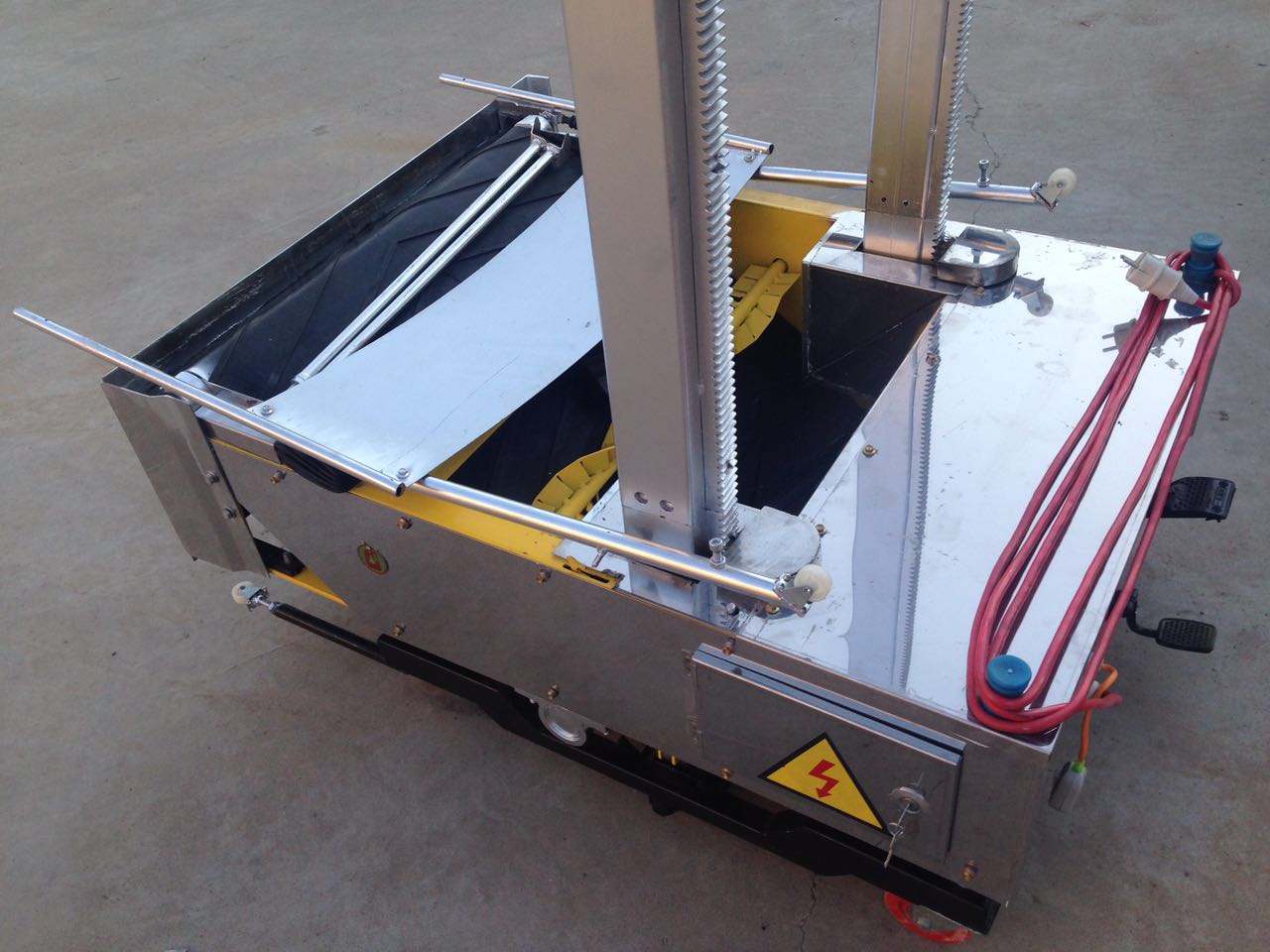China has become the largest importer of sulfur. Last year, it imported 11,909,900 tons, an increase of 16.53% over 2014. Taking a 1,000MW thermal power plant as an example, 120 tons of sulfur will be scrapped with gypsum
After more than 30 years of hard work, the sulfur dioxide emissions from thermal power plants in China have been effectively controlled, and the contribution of thermal power plants to atmospheric pollutants has been greatly reduced. However, reviewing the history of thermal power plant desulphurization technology in our country, there is a question worth discussing.
As we all know, the mainstream technology of flue gas desulfurization in China's thermal power plant is limestone - gypsum wet method. The desulfurization technology, high efficiency, stable operation, flexible operation, to adapt to a wide range. However, it also has some disadvantages: for example, it emits large amounts of CO2 while desulfurization. It is estimated that 687.5 kg of CO2 will be generated for every 1 tonne of SO2 removed. Secondly, desulphurization product gypsum has so far failed to find any suitable use and has been piled up in some power plants and some has been directly discharged into the ash yard for landfilling, increasing the burden on the ash yard Thirdly, the amount of desulfurizer limestone is large and can not be recycled, to a certain extent, the natural landscape is destroyed.
In fact, a variety of desulfurization technology routes, including magnesium oxide desulfurization and limestone-gypsum the same principle, and high desulfurization efficiency. The technological route is that magnesium oxide reacts with SO2 in flue gas to generate MgSO3, and the generated MgSO3 can also generate SO2 and MgO after being roasted, and the generated SO2 can be used for producing sulfuric acid, and the generated MgO can be reused as a desulfurizer.
Since there are so many obvious advantages of magnesia desulfurization, why it has not been popularized in desulfurization of thermal power plants? There are two reasons: First, in the process of desulfurization of magnesia, the oxidation of MgSO3 must be controlled because it can not be controlled once it is oxidized to produce MgSO4 And then calcined to obtain SO2 and MgO; the second is the need for power plants at the same time there is a sulfuric acid manufacturing chemical plant.
It stands to reason that controlling the oxidation of MgSO3 is not a problem for the chemical industry. The problem is that at present, most of the desulfurization technologies that dominate thermal power plants are not chemical professional technicians, which is a bit reluctant to them. Followed by the SO2 acid problem, the need to build a chemical plant outside the power plant, which is also a problem for the power industry.
However, as a whole, our country is a country that is poor in sulfur and imports a large amount of sulfur every year from abroad. In recent years, China has become the largest importer of sulfur. According to China's sulfuric acid network announced: China's sulfur imports last year was 11.90390 million tons, an increase of 16.53% over 2014.
We can count an account, take a 1000MW thermal power plant, for example, if the sulfur content of 1.2% of coal, sulfur emission factor of 0.85 calculation, there will be 240 tons of SO2 a day. In other words, 120 tons of sulfur will be discarded with gypsum every day.
According to reports, last year, China's thermal power plant installed capacity reached 1.437 billion kilowatts, so China last year through the coal-fired power plant losses of sulfur reached 17.244 million tons, far exceeding the amount of sulfur imports in China.
Comparison of the above calculation is not difficult to see that if the use of magnesium oxide desulfurization, will be a worthy promotion of flue gas desulfurization technology. To vigorously promote this desulfurization technology, we must break the industry boundaries from the national level, so that the chemical industry and the power industry together to jointly promote the desulfurization of magnesium oxide. This is a technical issue of benefiting the country and benefiting the people and deserves the attention of relevant departments.
Wall Plastering Machine is also known as Automatic Wall Plastering Machine, automatic wall cement plastering machine, is a machine that automatically plasters the wall surface. The wall plastering machine belongs to the field of Construction Machinery with the advantages of practicality, labor-saving, time-saving and convenience, simple operation and excellent engineering quality, especially for workers who do not have any experience and skills in wall plastering.
We factory supplied automatic wall plastering machine, the plastering width we have 800mm, 1000mm, 1200mm for choice.
Specification of wall plastering machine:
Model: 800model
Plastering Height: 5m
Plastering Thickness: 2-45mm
Plastering Width: 800mm
Efficiency: 500m^2/8hrs
Dimensions: 1250*800*550mm
Power supply: 2.2kw
Voltage/frequency: 220/380V
Weight: 310KG
Surface Smooth Vibrator: yes
Juncture device: yes
Smoothing knife: yes
Storage capacity: 90-100KG

Wall Plastering Machine
Wall Plastering Machine,Automatic Wall Plastering Machine,Concrete Wall Plastering Machine,Cement Wall Plastering Machine
SHANDONG HENGWANG GROUP , https://www.hwmac.com